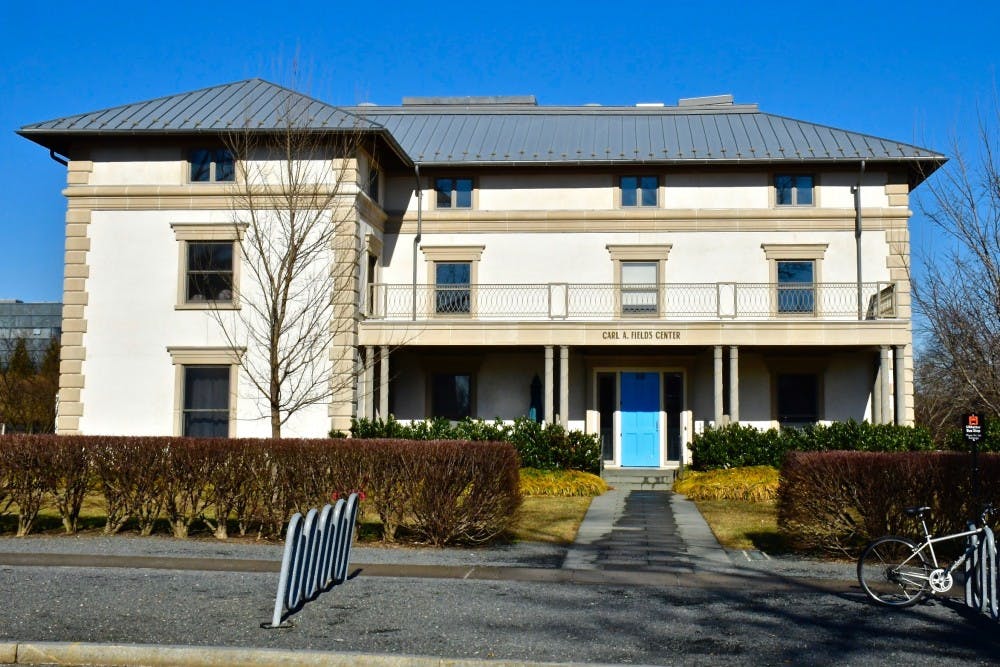For myself and much of the rest of the Black diaspora, February is one of the most special months of the year because it marks the start of Black History Month. Although the Black community is often marginalized in the United States, this is the one time of year that we can count on Black success and excellence being amplified (even if it is sometimes reduced to talking about the accomplishments of a few leaders such as Martin Luther King Jr., Ida B. Wells, Malcolm X, and Rosa Parks). At Princeton, the same holds true. Last February, the University, and the town hosted numerous events to amplify Black voices, including an event at the public library and workshops at the School of Public and International Affairs. February is an important opportunity for everyone, Black or not, to not only learn more about Black history and how to foster an inclusive space for Black people. Although I’m highly looking forward to the programming that the University and other organizations will hold in honor of the month, this time offers the opportunity to critically reflect on how the University has failed to create a safe space for members of the Black diaspora on campus.
One example of this failure is the John Witherspoon statue that remains standing in the middle of campus. Witherspoon, a former slave owner, was the sixth president of the University. Its existence is particularly painful to Black Princetonians. As Opinion Columnist Windsor Nguyễn ’25 powerfully articulated in a 2021 piece, “Princeton rejects the idea of oppression yet continues to venerate the accomplices to that very oppression on campus.” Princeton cannot claim to protect and support Black students when we must walk past the statue of a former slave owner every single day.
We should not be debating Witherspoon’s statue in 2023. If Princeton Middle School changed its name from John Witherspoon Middle School in 2020, why can’t the University remove the statue? In a recent column, Princeton alumnus Bill Hewitt ’74 argues that we should “remember Witherspoon, not erase him.” Removing the Witherspoon statue, however, does not represent his erasure, but rather a stand of solidarity with Black students. It represents Princeton acknowledging that in 2023, Black Princetonians, and frankly all of us, should not have to see the glorification of a former slave owner.
Hewitt also compared Witherspoon owning slaves to the fact that “the ancient Greeks and Romans practiced slavery; Christianity’s Apostle Paul called on slaves to obey their masters (Ephesians 6:5).” What Hewitt missed in this comparison is that these previous forms of slavery were not based on race, whereas the Transatlantic Slave Trade exclusively enslaved Black Africans. Additionally, the dehumanization and brutality of the Transatlantic Slave Trade were unmatched — millions of Africans were forcefully removed from their homes and families, and then brought to different holding ports on the coast, like Goree Island in Senegal. For many, the torture that they would endure once they arrived in the Americas was so horrific that they decided jumping into the sea beforehand was the best option. I visited Goree only a few months ago. I saw the weights and shackles that were used on enslaved Africans. I crouched inside the cells in which men, women, and children were packed inside like sardines. I looked out the Door of No Return, a museum and memorial to the victims of the slave trade, that faces the Atlantic Ocean.
However, creating a safe and inclusive environment for Black Princetonians goes far beyond removing the Witherspoon statue. Importantly, the Carl A. Fields Center for Equality and Cultural Understanding (CAF) is not in a central location on campus, being located past all of the eating clubs on Prospect Avenue. For a building that used to be named the “Third World Center,” I find it hard to ignore the message that the CAF’s location sends: you may be here at Princeton, but you are still in the margins. If the CAF were more centrally located, I believe many more Black and students of color generally would take advantage of the space and the opportunities it provides for building community.
Only a few months ago, we had an incident of a white professor saying the n-word in a class that included multiple Black students. Black Princetonians had to stand by and watch the most hurtful racial slur be protected by academic freedom. We saw that the professor involved, Joe Scanlan, was allowed to continue teaching at Princeton. The University must begin taking concrete actions to address these realities that contribute to a hostile environment for Black students.
This Black History Month, I also want to renew my call for previous initiatives I have advocated for, including making African Studies a major and hosting more study abroad opportunities on the African continent. How can we properly celebrate and honor Black History Month without sufficient opportunities to study the diaspora’s history?
A century ago, there were no Black students at Princeton. Fast forward to today, there are hundreds of Black Princeton alumni and we currently compose about a tenth of the University population. Yet, merely attracting and accepting Black students is not enough. We deserve to feel safe, included, and respected on campus. This is what the great Black leaders of our past would have wanted.

For me, the University still has several steps to take before I can believe that its commitment to Black students is genuine and not simply lip service.
Ndeye Thioubou is a sophomore from the Bronx, N.Y. She can be reached at nthioubou@princeton.edu.









